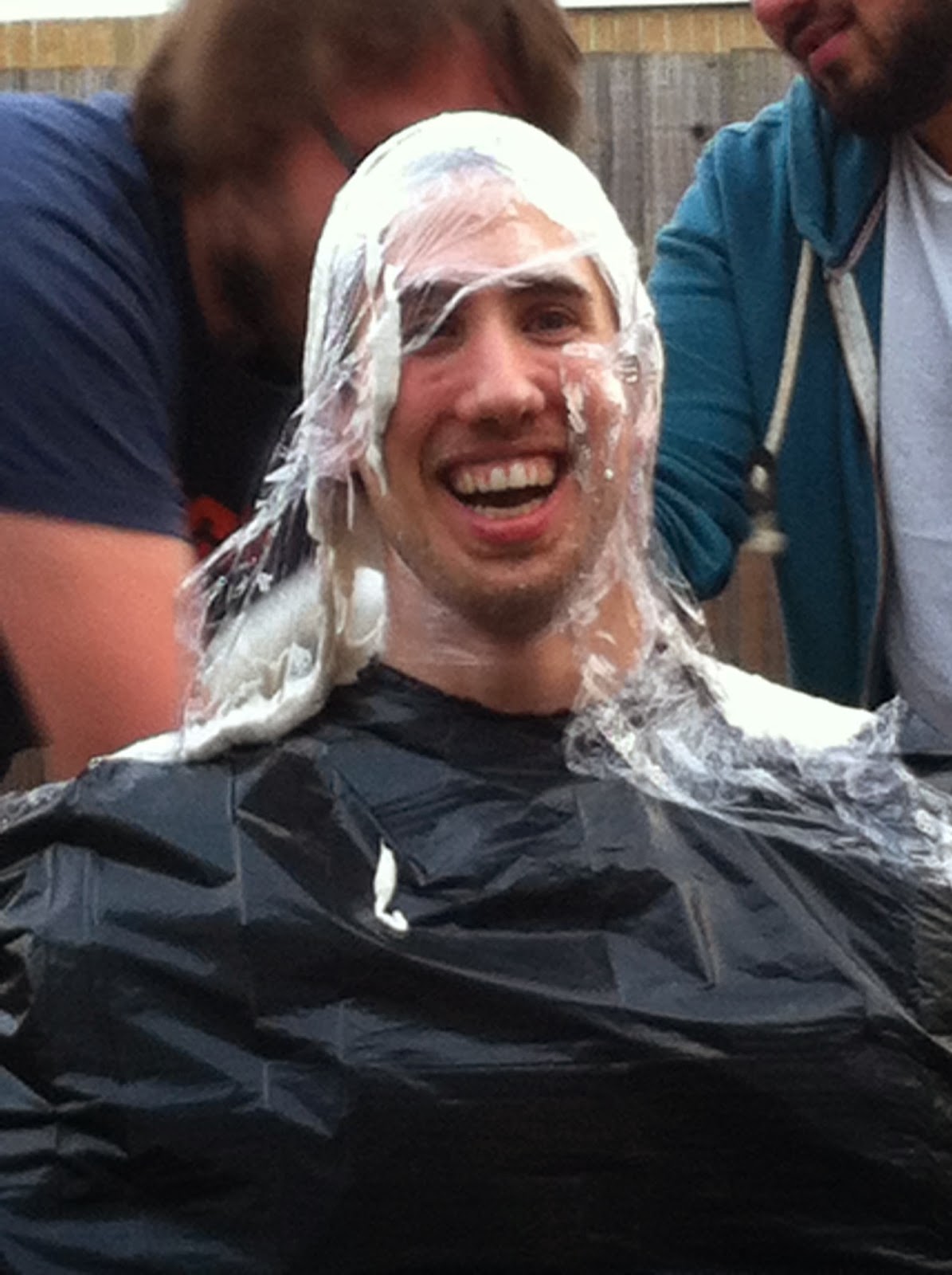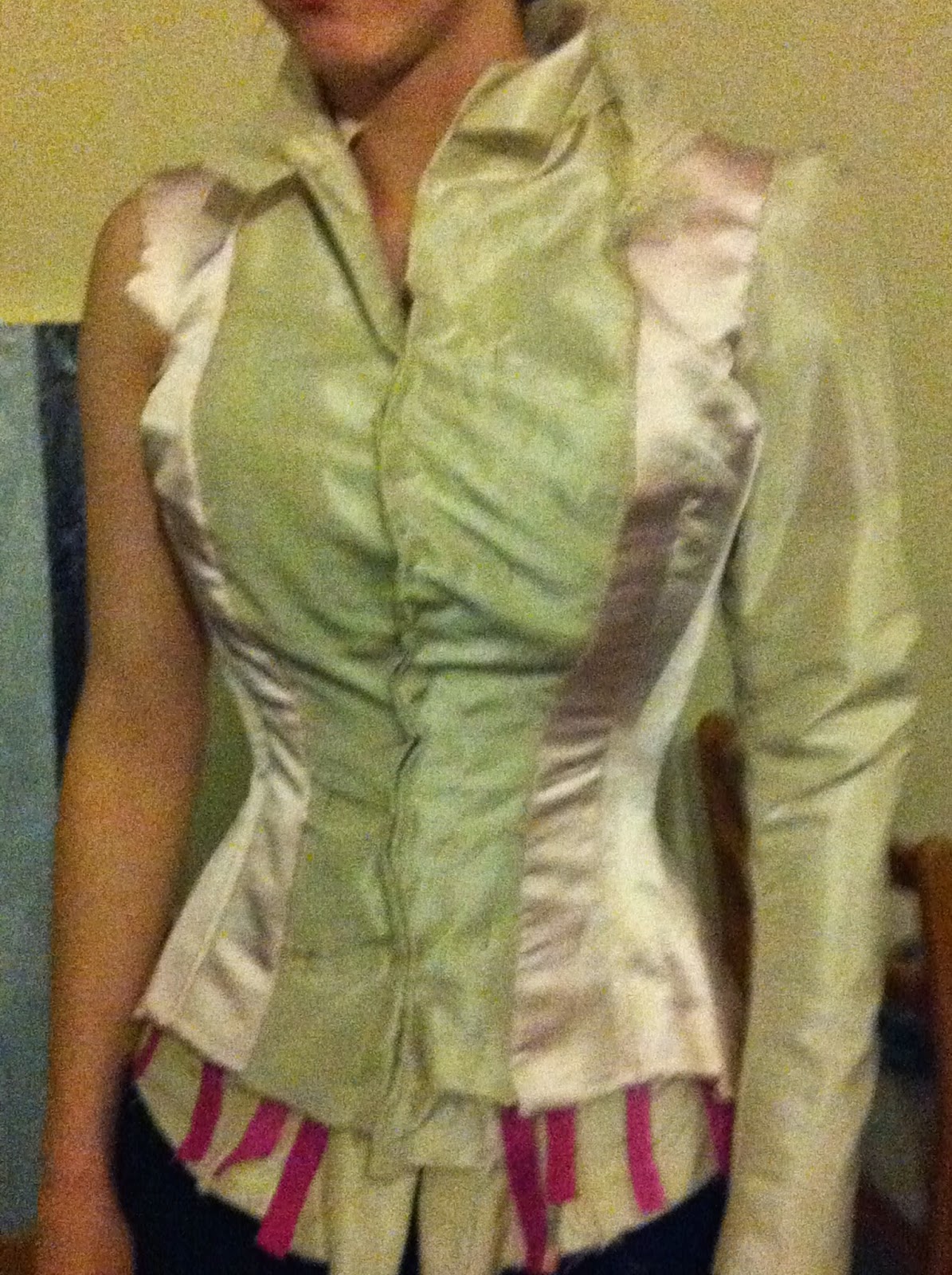Spent the day making more knife pleats for my skirt, this time they actually get to be seen, ha ha! This round of knife pleats has been hand scalloped by yours truly after I made a templet and traced it onto roughly 50 feet of silk, to ensure that all the scallops were exactly the same size. Then the opposite edge hemmed and I proceeded to hand pleat the entirety of it, then sewing the pleats down by machine and then machine sewing them to the skirt. The machine stitch will be covered by one more layer of decoration, probably lace.
Also began work on my big 'ass' bow really happy with how that's looking on the skirt.
Here are some samples of the lace that I'm considering putting on the skirt. The lace actually comes as lace fabric and then I have to hand cut out the pattern that I want for the decoration. I'll also have to put a gathering stitch in it so that it can be eased onto the skirt and isn't so flat. Then it will need to be hand sewn on to the skirt to hide the existing machine stitch line and to ensure that no new stitch lines are shown.
For the extra train of the skirt I'll be doing a very similar thing I'm making scalloped knife pleats out of the pink duchess satin (machine stitched on), then I'll be layering over that with the slightly gathered hand cut lace (which will have to be hand sewn on), not quite sure what I'll do for the rest, I'm thinking I'll do some gathered frills in the pink silk chiffon...we shall see...


 here is a sample leaf I've made. I'll be making the leaves out of silk organza and then using a fabric stiffener so I can bend them into any shape I want. Then I'll be sponge painting it to the appropriate colours.
here is a sample leaf I've made. I'll be making the leaves out of silk organza and then using a fabric stiffener so I can bend them into any shape I want. Then I'll be sponge painting it to the appropriate colours. 














































